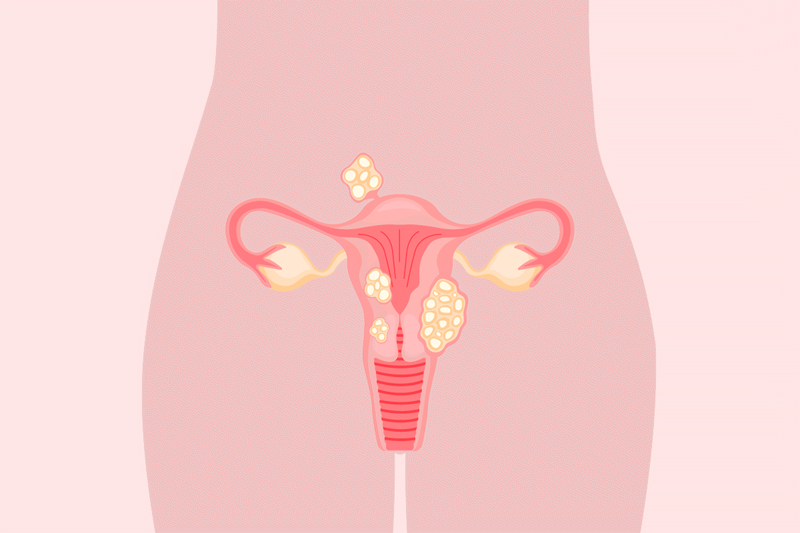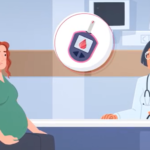Medically reviewed by Antoinette Marengo, M.D., FACOG
Uterine fibroids are very common and often don’t have symptoms. Some people who have fibroids don’t need treatment. But others can experience complications such as heavy uterine bleeding, pelvic pain, anemia and pregnancy complications. If your fibroids are disrupting your life, you have several treatment options to consider.

Medications and procedures for your symptoms
- Over-the-counter pain medication can help treat the pain you might be feeling.
- Heavy bleeding can cause iron deficiency anemia (IDA). Taking an iron supplement can treat symptoms of anemia.
- Hormonal birth control, including intrauterine devices (IUDs), can reduce heavy bleeding.
- Tranexamic acid can be prescribed as a tablet and prevents heavy bleeding by stopping blood clots from breaking apart.
- Gonadotropin-releasing hormone (GnRH) antagonists with hormonal therapy can be used to reduce menstrual bleeding.
- GnRH agonists with or without hormonal therapy can be taken by nasal spray or injection and reduce bleeding and shrink fibroids while you’re taking the medication. When you stop taking it, the fibroids can grow back, so it’s used more often to shrink fibroids before surgery instead of as a long-term treatment option.
- Endometrial ablation is a type of surgery that reduces heavy bleeding by destroying the endometrium, the lining of the uterus. This is done by inserting a tool into the cervix through the vagina and using extreme cold, heated fluids, microwave energy or high-energy radio frequencies. While pregnancy is possible after this procedure, it’s not recommended as there can be risks to both you and the baby.

Procedures that don’t usually affect fertility
In some cases, you might need surgery to remove your fibroids. A myomectomy is a type of surgery that removes the fibroids. There are three kinds of myomectomies:
- Hysteroscopy, a surgery without cuts where your provider uses a scope (a thin, flexible tube-like tool) through the vagina and cervix and into the uterus to cut away and remove the fibroids.
- Laparoscopy, a surgery where your provider inserts a scope and removes the fibroids through a few small cuts in your abdomen.
- Laparotomy, a surgery where your provider removes the fibroids through a larger cut in your abdomen.

Procedures that may affect fertility
- Hysterectomy is a surgery that removes the uterus. It’s the only way to cure fibroids since removing the uterus means fibroids cannot grow back. You can no longer become pregnant after this surgery.
New minimally invasive procedures that use fewer cuts and have shorter recovery time are available to shrink fibroids. The uterus stays intact and healthy, full-term pregnancies can happen after these procedures, but not enough research has been done to fully understand how they affect fertility.
- Uterine fibroid embolization uses a small catheter to cut off blood flow to the fibroids.
- There are a few types of endometrial ablation that can destroy fibroids.
- Laparoscopic radiofrequency ablation (Lap-RFA) uses an ultrasound to find fibroids, heat and shrink them through small cuts or needles in the abdomen.
- Transcervical fibroid ablation (TFA) is a procedure that inserts a tool through the vagina and into the cervix instead of making any cuts. It uses an ultrasound to find fibroids, heat and shrink them.
- Magnetic resonance guided focused ultrasound (MRgFUS) is done while you’re inside a magnetic resonance imaging (MRI) machine, which allows your medical provider to see the fibroids while they use an ultrasound to heat and destroy them.
Just like with any procedure, you should discuss your goals and the risks and benefits of a treatment with your medical provider to understand your options. Sometimes, treatment options may not be covered by your health insurance. So, to avoid any surprising out-of-pocket costs, be sure to contact your health insurance provider and ask what’s covered.















